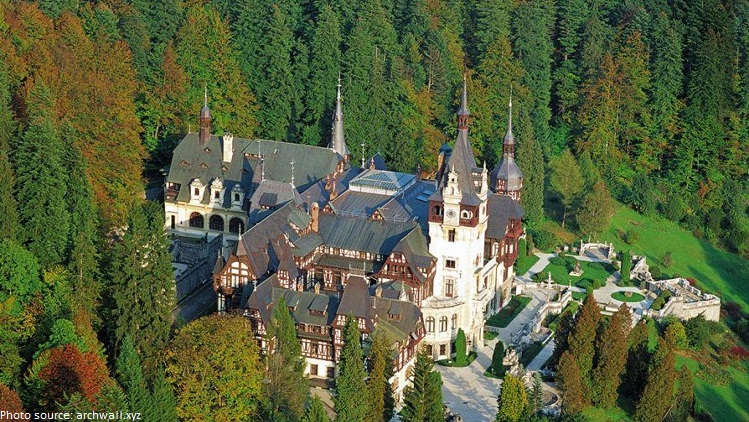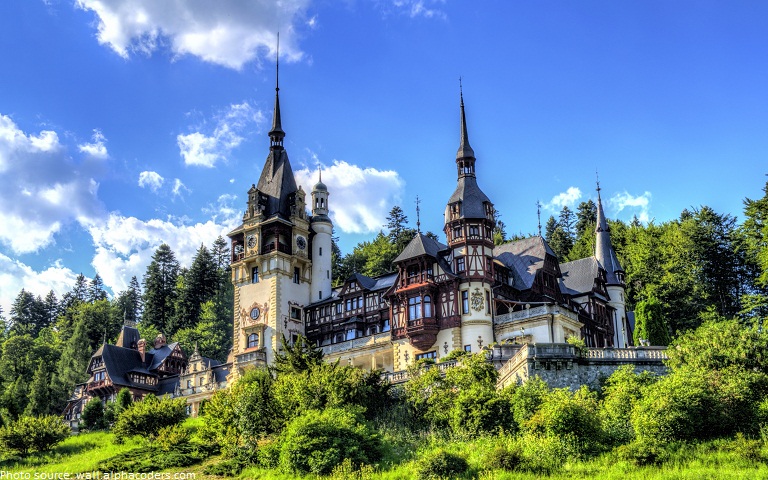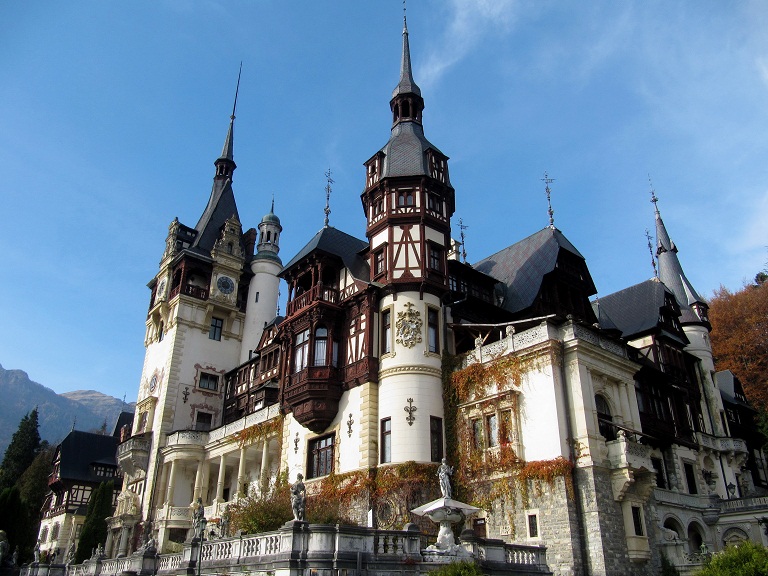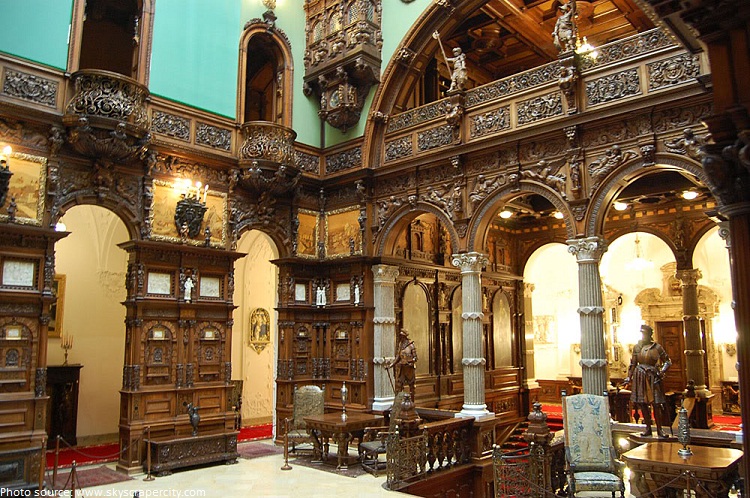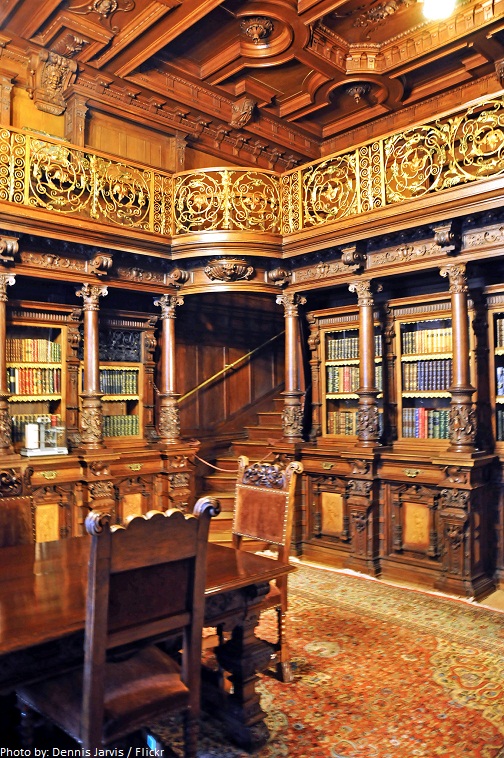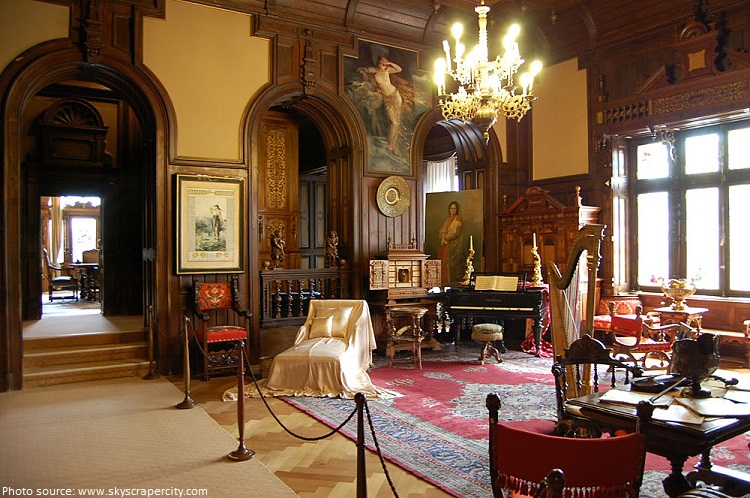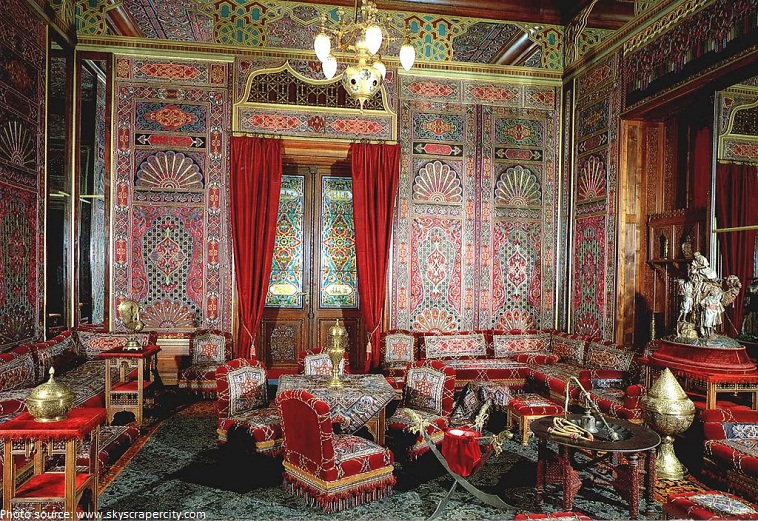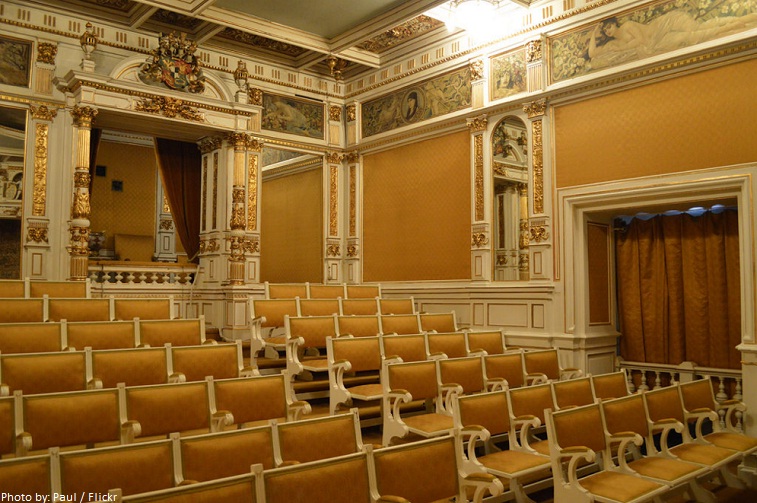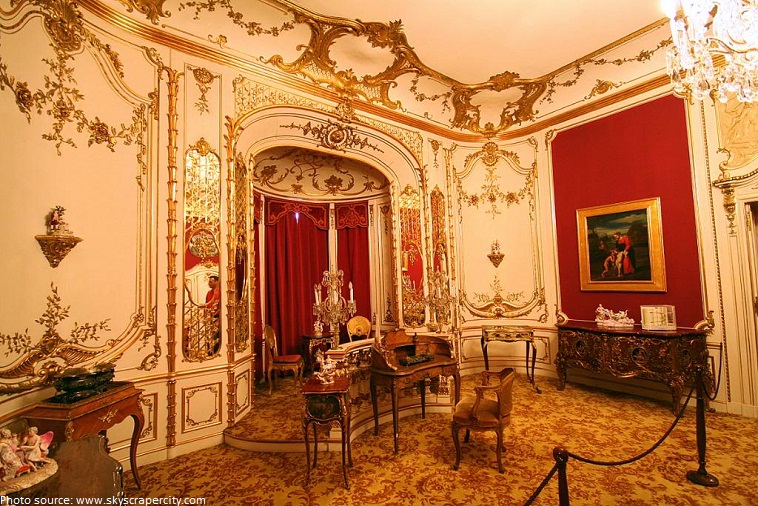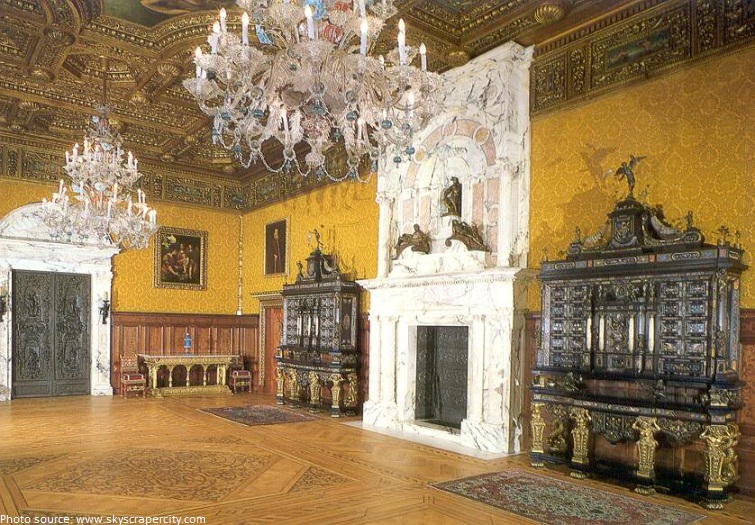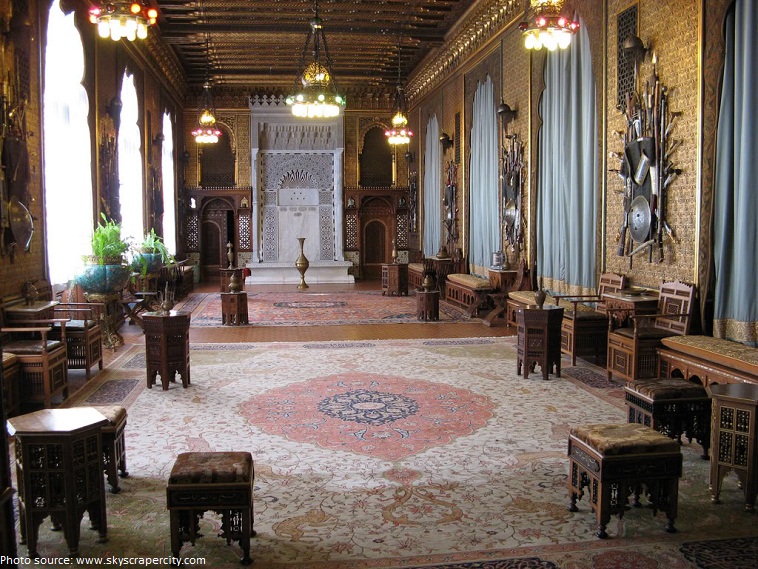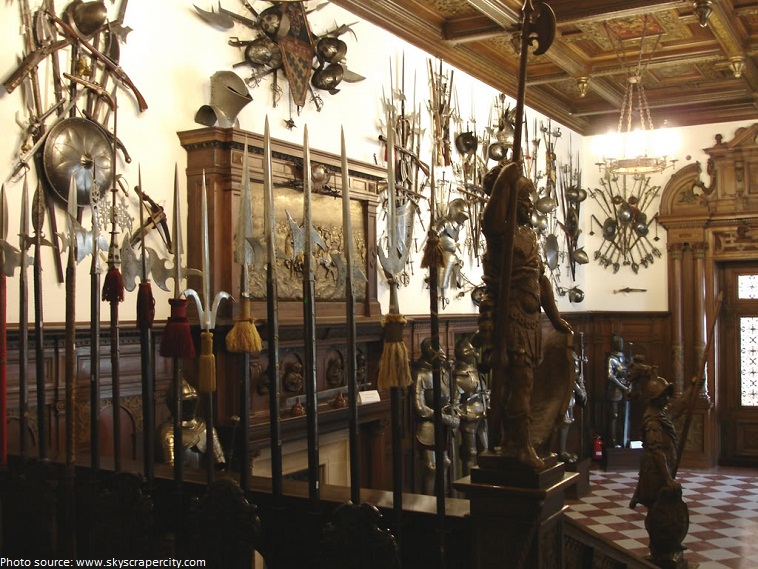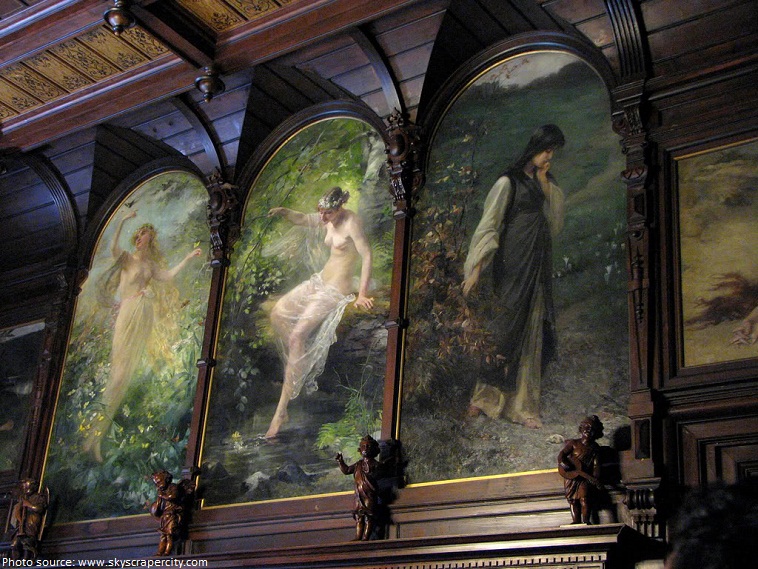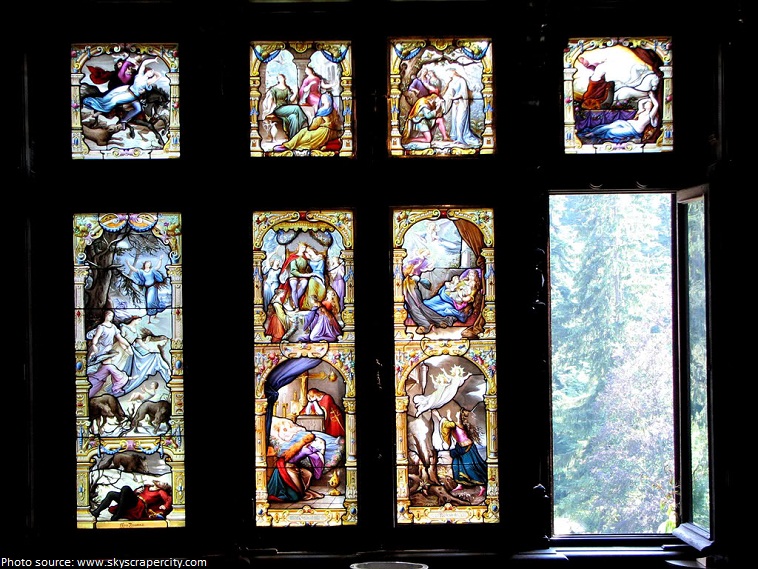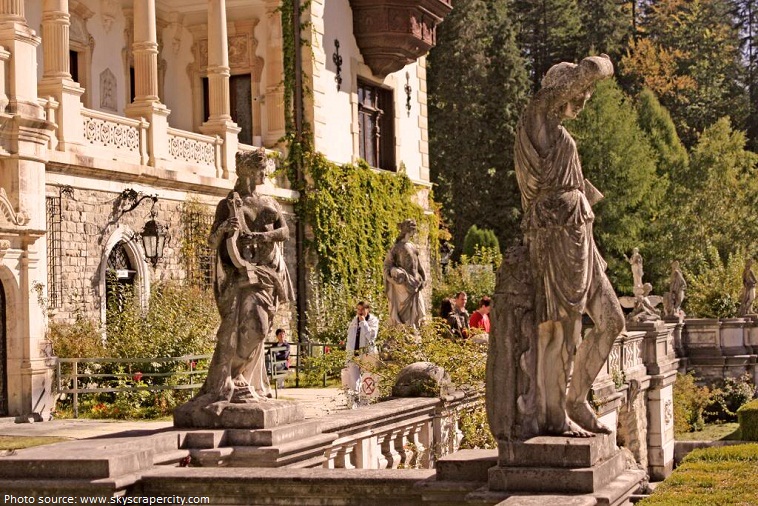Known as one of the most beautiful castles in Europe, Peles Castle can be discovered in the majestic Carpathian Mountains, near the town of Sinaia, Romania.
Nestled at the foot of the Bucegi Mountains in the picturesque town of Sinaia, Peles Castle is a masterpiece of German Neo-Renaissance architecture, considered by many one of the most stunning castles in Europe.
It is said that sometime in august 1866 king Carol I arrived in the neighborhood, and spent the night at the monastery of Podul Neagului (as Sinaia was known at that time). He liked so much the wild and picturesque landscapes that he decided to built here a castle.
The building of the castle began in 1873 under the direct order of the Viennese architect Wilhem Doderer and was continued in 1876 by his assistant, Johann Schultz de Lemberg.
During 1877 – 1879 because of the war they abandoned work.
Peles Castle was completed in 1883.
After its official opening in 1883, some development plans followed, the present shape of the building being finished in 1914.
The castle served as the summer residence of the royal family until 1947.
Peleş Castle has a 3,200-square-meter (34,000 square-feet) floor plan.
The interior of the Peles Castle is a true wonder, due to the beauty and richness of the sculpted wood and the stained glass windows.
Its 168 rooms are adorned with the finest examples of European art, Murano crystal chandeliers, German stained-glass windows and Cordoba leather-covered walls.
Many rooms have dedicated themes from world cultures. Themes vary by function (offices, libraries, armories, art galleries) or by style (Florentine, Turkish, Moorish, French, Imperial); all the rooms are extremely lavishly furnished and decorated to the slightest detail.
The Entrance Hall is magnificent, with walnut tree carvings, covered with bas-reliefs and statuettes. The movable glass ceiling, activated by an electric engine or by a manual system, was a surprise element for the king’s visitors, who could admire the sky on cloudless summer nights.
The Royal library attracts especially those who are keen on rare books, with leather covers engraved with golden letters. There is an attraction point even for those who are not familiar with the universe of books, namely the secret door, a way of access behind a book shelf through which the king could becalm in various rooms of the Castle.
The furniture in the Music Room is carved of teak, a gift to King Carol I from the Maharajah of Kapurtala in India.
Handmade silk embroideries adorn the ceiling and walls of the Turkish Salon.It was used as a smoking room for gentlemen.
The ceiling paintings and decorative frescoes in the Theater Hall were designed by the renowned Austrian artists Gustav Klimt and Frantz Matsch.
The Imperial Suite is believed to be a tribute to the Austrian Emperor Franz Joseph I, who visited the palace as a friend of the Romanian Royal Family. Hence, decorator Auguste Bembe preferred the sumptuous Austrian Baroque in style of Empress Maria Theresa. A perfectly preserved five-hundred-year-old Cordoban tooled leather wall cover is the rarest of such quality.
The Florentine Room combines revived elements of the Italian Renaissance, mostly from Florence. Most impressive are the solid bronze doors executed in Rome; ateliers of Luigi Magni; and the Grand Marble Fireplace executed by Paunazio with Michelangelo motifs.
The Moorish Salon is the work of architect Charles Lecompte de Nouy, having Spanish-Moorish elements and an indoor Carrara marble fountain, replica of a similar piece in Cairo.
At 1st floor there is the Concert Room, arranged in 1906, where one can find a harpsichord made in 1621 at Antwerp, a Bluthner piano with vertical tail and a Rieger organ with two keyboards.
Peles Castle have 30 bathrooms.
The establishment hosts one of the finest collections of art in Eastern and Central Europe, consisting of statues, paintings, furniture, arms and armor, gold, silver, stained glass, ivory, fine china, tapestries, and rugs.
The collection of arms and armor has over 4,000 pieces, divided between Eastern and Western war pieces and ceremonial or hunting pieces, spreading over 4 centuries of history.
Castle shelters one of the most important and most valuable painting collections in Europe, almost 2.000 pieces.
The stained glasses from Peles Castle were bought and set up between 1883 and 1914, most of them being brought from Switzerland and Germany, dating from the 15th and 17th centuries.
Peles is surrounded by seven terraces decorated with statues (sculptured by the Italian, Romanelli), stone-made-wells, ornamental vases and Carara marble. The architects used an abundance of wooden decoration, both for the exterior and for the interior of the castle, which confers a very special quality to the building.
During Comunist era, the castle’s 168 rooms were used as a private retreat for leading communists and statesmen from around the globe. US presidents Richard Nixon and Gerald Ford, Libyan leader Moamar Gaddafi and PLO leader Yasser Arafat were all entertained by the Romanian dictator here.
Nowadays Peles Castle is a museum that can be visited from Tuesday through Sunday all year round except November when the museum is closed for maintenance and cleaning.
